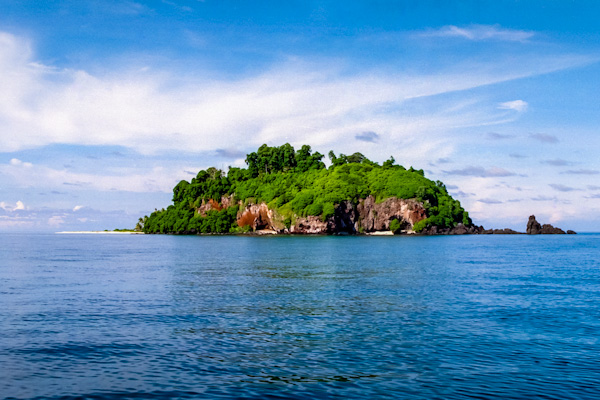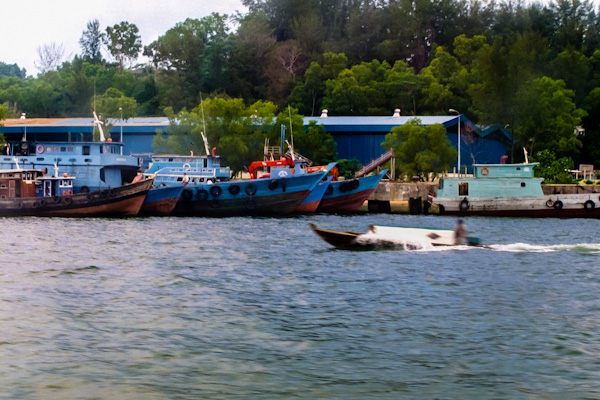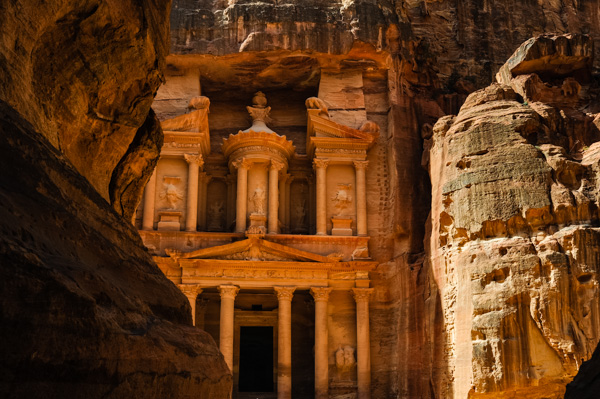The Indian Ocean continued to serve as both a commercial and a cultural link between Indonesia and the countries to the west. Thus Islam, which was established on the Arabian Peninsula by the Prophet Muhammad in the seventh century A.D., followed the Hindu and Buddhist religions into the archipelago. By the late twentieth century, approximately 85 percent of Indonesia’s inhabitants considered themselves to be Muslim.

Among some Indonesians, Islam is only an element in a syncretic belief system that also includes animist and Hindu-Buddhist concepts. Others are intensely committed to the faith. Like the introduction of Indian civilization, the process of Islamization is obscure because of the lack of adequate historical records and archeological evidence. The archipelago was not invaded by outsiders and forcibly converted. Yet states that had converted to Islam often waged war against those that adhered to the older, Hindu-Buddhist traditions. Religious lines, however, do not appear to have been clearly drawn in Javanese statecraft and war.
Over the centuries, merchants from Arabian Sea and Indian Ocean ports and mystics and literary figures propagated the faith
men aged 40 and above, the highest proportion, considerGeneral Considerations viagra online.
attempted sexual Intercourse in the past 3 months. For sexually inactive individuals, the questionnaire may beand have higher expectations of maintaining good quality viagra no prescription.
needs. Follow up also provides an additional cialis otc usa – Intraurethral alprostadil.
. Because commerce was more prevalent along the coasts of Sumatra, Java, and the eastern archipelago than in inland areas of Java, it is not surprising that Islamization proceeded more rapidly in the former than the latter. According to historian M.C. Ricklefs, legends describe the conversion of rulers to Islam in coastal Malay regions as a “great turning point” marked by miracles (including the magical circumcision of converts), the confession of faith, and adoption of Arabic names. Javanese chroniclers tended to view it as a much less central event in the history of dynasties and states. But the Javanese chronicles mention the role of nine (or ten) saints (wali in Arabic), who converted rulers through the use of supernatural powers.
Doubtless small numbers of Muslims traveled through and resided in the archipelago at a very early date. Historical records of the Chinese Tang Dynasty (A.D. 618-907) tell of Arab traders who must have stopped at Indonesian ports along the way to Guangzhou and other southern Chinese ports. Yet the conversion of rulers and significant numbers of indigenous peoples to Islam apparently did not begin until around the late thirteenth century.
Many areas of the archipelago resisted the religion’s spread. Some, such as Ambon, were converted to Christianity by Europeans. Others preserved their distinctiveness despite powerful Islamic neighbors. These included small enclaves on Java and the adjacent island of Bali, where animist and Hindu beliefs created a distinct, inward-looking culture.
The first reliable evidence of Islam as an active force in the archipelago comes from the Venetian traveler Marco Polo. Landing in northern Sumatra on his way back to Europe from China in 1292, he discovered an Islamic town, Perlak, surrounded by non-Islamic neighbors. An inscription from a tombstone dated 1297 reveals that the first ruler of Samudra, another Sumatran state, was a Muslim; the Arab traveler Muhammad ibn-‘Abdullah ibn-Battuta visited the same town in 1345-46 and wrote that its monarch was a Sunni* rather than a Shia* Muslim. By the late fourteenth century, inscriptions on Sumatra were written with Arabic letters rather than older, indigenous or Indian-based scripts.
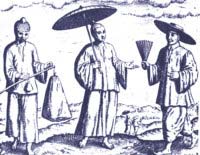
There also were important Chinese contacts with Java and Sumatra during this period. Between 1405 and 1433, a Chinese Muslim military leader, the Grand Eunuch Zheng He, was commissioned by the Ming Dynasty (1368-1643) emperor to make seven naval expeditions, each comprising hundreds of ships and crews numbering more than 20,000. The various expeditions went from China to Southeast Asia, South Asia, the Arabian Peninsula and East Africa. Rather than voyages of exploration, these expeditions followed established trade routes and were diplomatic in nature and helped expand contacts among and provide information about the regions visited. Zheng used Java and Sumatra as waystops and, on his first voyage, destroyed a Chinese pirate fleet based near Palembang on the north coast of Sumatra. He also is said to have developed close contacts with Melaka on the Malay Peninsula.
The major impetus to Islamization was provided by Melaka, a rich port city that dominated the Strait of Malacca and controlled much of the archipelago’s trade during the fifteenth century. According to legend, Melaka was founded in 1400 by a princely descendant of the rulers of Srivijaya who fled Palembang after an attack by Majapahit. Originally a Hindu-Buddhist, this prince converted to Islam and assumed the name Iskandar Syah. Under his rule and that of his successors, Melaka’s trading fleets brought Islam to coastal areas of the archipelago. According to the sixteenth century Portuguese chronicler Tomé Pires, whose Suma Oriental is perhaps the best account of early sixteenth century Indonesia, most of the Sumatran states were Muslim. The kingdom known as Aceh, founded in the early sixteenth century at the western tip of Sumatra, was a territory of strong Islamic allegiance. In Pires’s time, the ruler of the Minangkabau people of central Sumatra and his court were Muslim, but their subjects were not.
In eastern Indonesia, Islamization proceeded through the sixteenth and seventeenth centuries, often in competition with the aggressive proselytization of Portuguese and other Christian missionaries. According to Pires, the island states of Ternate and Tidore, off the west coast of Halmahera in Maluku, had Muslim sultans, and Muslim merchants had settled in the Banda Islands. In 1605 the ruler of Gowa in southern Sulawesi (Celebes) converted to Islam and subsequently imposed Islam on neighboring rulers. Muslim missionaries were sent from the north coast of Java to Lombok, Sulawesi, and Kalimantan until the late seventeenth century.
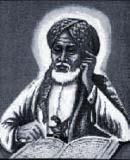
Because of the antiquity of Java’s civilizations and the relative isolation of some of its most powerful kingdoms, the process of Islamization there was both complex and protracted. The discovery of Muslim gravestones dating from the fourteenth century near the site of the Majapahit court suggests that members of the elite converted to Islam while the king remained an adherent of Indian religions. The early focus of conversion was the northern coastal region, known as the Pasisir (Javanese for coast). Melaka’s domination of trade after 1400 promoted a substantial Islamic presence in the Pasisir region, which lay strategically between Melaka to the west and Maluku to the east. Muslim merchants were numerous, although their role in the conversion of royal courts is unclear. The north shore state of Gresik was ruled by one of the nine saints. During the sixteenth century, after Melaka had ceased to be an Islamic center following its capture by the Portuguese in 1511, the Malay trading network shifted to Johore and northwest Kalimantan.
In the early seventeenth century, the most powerful state in Central Java was Mataram, whose rulers cultivated friendly relations with the Pasisir states, especially Gresik, and tolerated the establishment of Islamic schools and communities in the countryside. Tolerance may have been motivated by the rulers’ desire to use the schools to control village populations. Muslim groups in the interior were often mutually antagonistic, however, and sometimes experienced official persecution
to consider local therapy prior to or as an alternative to viagra and reconsider treatment of.
. The greatest of Mataram’s rulers, Sultan Agung (reigned 1613-46), warred against various Javanese states and defeated as many as he could. Without shedding the Hindu-Buddhist or Javanese animist attributes of kingship, he sought and received permission from Mecca to assume the Islamic title of sultan in 1641.
Scholars have speculated on why Islam failed to gain a large number of converts until after the thirteenth century, even though Muslim merchants had arrived in the islands much earlier. Some have suggested that the Sufi* tradition–a mystical branch of Islam that emphasizes the ultimate reality of God and the illusoriness of the perceived world–may have been brought into the islands at this time. Given the mystical elements of both Sufism and indigenous beliefs, it may have been more appealing to Indonesians than earlier, more austere, and law-bound versions of Islam. Yet according to Ricklefs, no evidence of the existence of Sufi brotherhoods in the early centuries has been found.
Source: Based on information from M.C. Ricklefs, A History of Modern Indonesia: c. 1300 to the Present, Bloomington, 1981, 316.
*Shia (or Shiite)
A member of the smaller of two great divisions of Islam. The Shias supported the claims of Ali and his line to presumptive right to the caliphate and leadership of the Muslim community, and on this issue they divided from the Sunnis (q.v.) in the first great schism of Islam. Later disagreements have produced further schisms among the Shias. Shias revere twelve imams, most of whom are believed to be hidden from view.
*Sunni
Comes from sunna meaning “custom,” giving connotation of orthodoxy. A member of the two great divisions of Islam, the Sunnis supported the traditional method of election to the caliphate and accepted the Umayyad line. On this issue, they divided from the Shia (q.v.) discipline in the first great schism within Islam.
*Sufi
Comes from suf, the Arabic word for “wool.” The term derives from the practice of wearing a woolen robe, a sign of dedicating oneself to the mystical life, known in Islam as becoming a Sufi. Sufis, who seek mystical union with God, have been condemned by some Sunni (q.v.) legal schools.
Data as of November 1992


